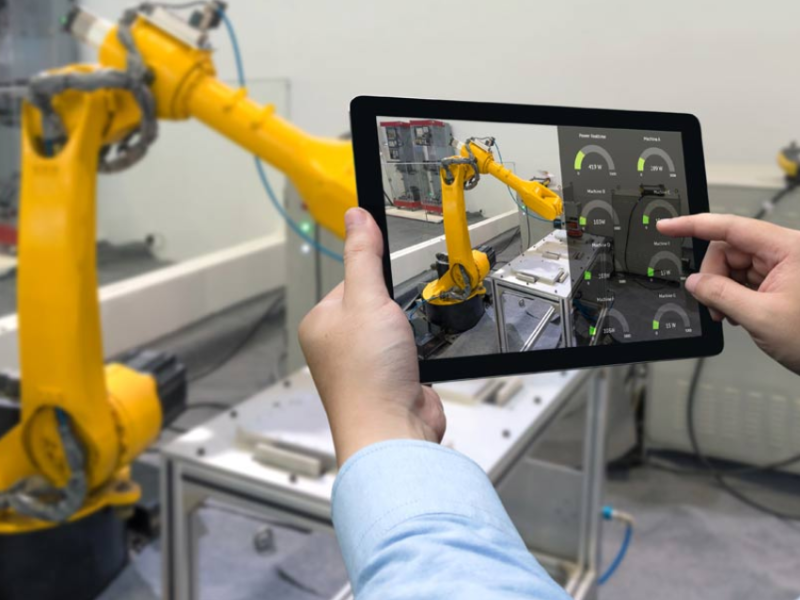Australia/ New Zealand - Robots have been used for decades in various industrial settings, dating back to the 1950s. For the first five decades, the only robots were large, heavy machines. These robot solutions created productive workspaces, ensuring higher production output, higher efficiency, and improved quality. Traditional industrial robotics still play an important role in manufacturing, but they are no longer the only option.
In 2008, the robot technology changed forever with the introduction of collaborative robots (cobots). What is a cobot? For Universal Robots (UR), a cobot is a robot with Power and Force Limiting (PFL) safety functions contained within a robot that, “from the start”, has been designed to lessen risks.
As Masayuki (Masa) Mase, Country Manager for Universal Robots Oceania explains: “For example, UR robots have rounded surfaces and a design without crushing points between moving parts of the robot arm.”
“Cobots are smaller and easier to deploy than industrial robots and are specifically designed to be able to work alongside humans safely. Manufacturers use cobots to become more productive, minimise waste and to improve staff working conditions.”
He elaborates on the four ways that cobot (PFL) applications help to keep human co-workers safe:
- Risk assessment performance
Performing a risk assessment for the intended use and readily foreseeable misuses is a global requirement. It is conducted before the implementation and use of every robot application, including applications using cobots.
“Applications vary for every production process and operation. Risk assessment addresses these varying risks to reduce the likelihood of workplace injuries. For instance, PFL settings often address application risks but sometimes safety sensors are also implemented to only allow movement when no human is nearby. UR’s view of automation safety is best understood as "making the easy way to work, the safe way to work’,” says Masa.
- Advanced technology reduces safety risks
Technology is readily available to improve robot safety, for example, Power and Force Limited (PFL) cobots. With PFL safety functions, the speed and motions can be limited while also detecting that contact has happened and stopping operation. “These capabilities have a range of possible settings to be adapted to the needs of individual applications.”
- Products certified to safety standards
All reputable robot manufacturers and integrators embrace their responsibility of delivering safe products and solutions as described in the safety standards.
Responsible manufacturers invest a significant amount of time to ensure their robots meet safety compliance standards (ISO 13849-1 and ISO 10218-1). Although ISO 10218-1:2011 only requires 2 safety functions (emergency stop and safeguard stop), some manufacturers take safety to the next level. For example, Universal Robots’ cobots include 17 configurable safety functions certified by TÜV Nord as PLd Cat 3.
“This means that UR cobots have configurable limits for stopping time and stopping distance, joint position, pose, tool orientation, safety planes, safety boundaries, safe home (typically used for mobile applications), and forces. There are advanced capabilities for the TCP and elbow: TCP force limiting and elbow safety (force, speed, boundary restriction).”
- Safe deployment of cobots brings societal benefits
Ongoing global problems including the COVID-19 pandemic have levied severe blows to Asia Pacific, and the region continues to face labour shortage challenges. Cobots have become a crucial and timely solution for manufacturers to maintain business continuity.
But cobots also make workplaces better and safer environments for employees. They can take on dangerous tasks such as welding, heavy lifting, and repetitive motion tasks to reduce the risk of injuries to workers.
Masa concludes by saying that combining the efforts of both humans and robots offers significant opportunities to improve productivity, safety, and overall workplace satisfaction.
please visit universal-robots.com.






